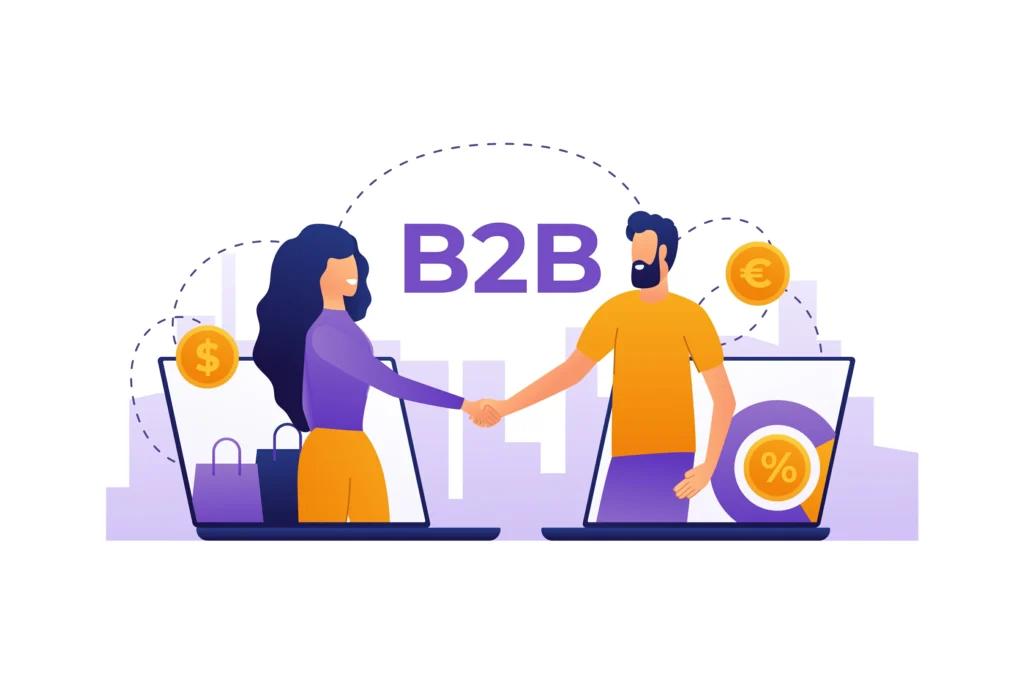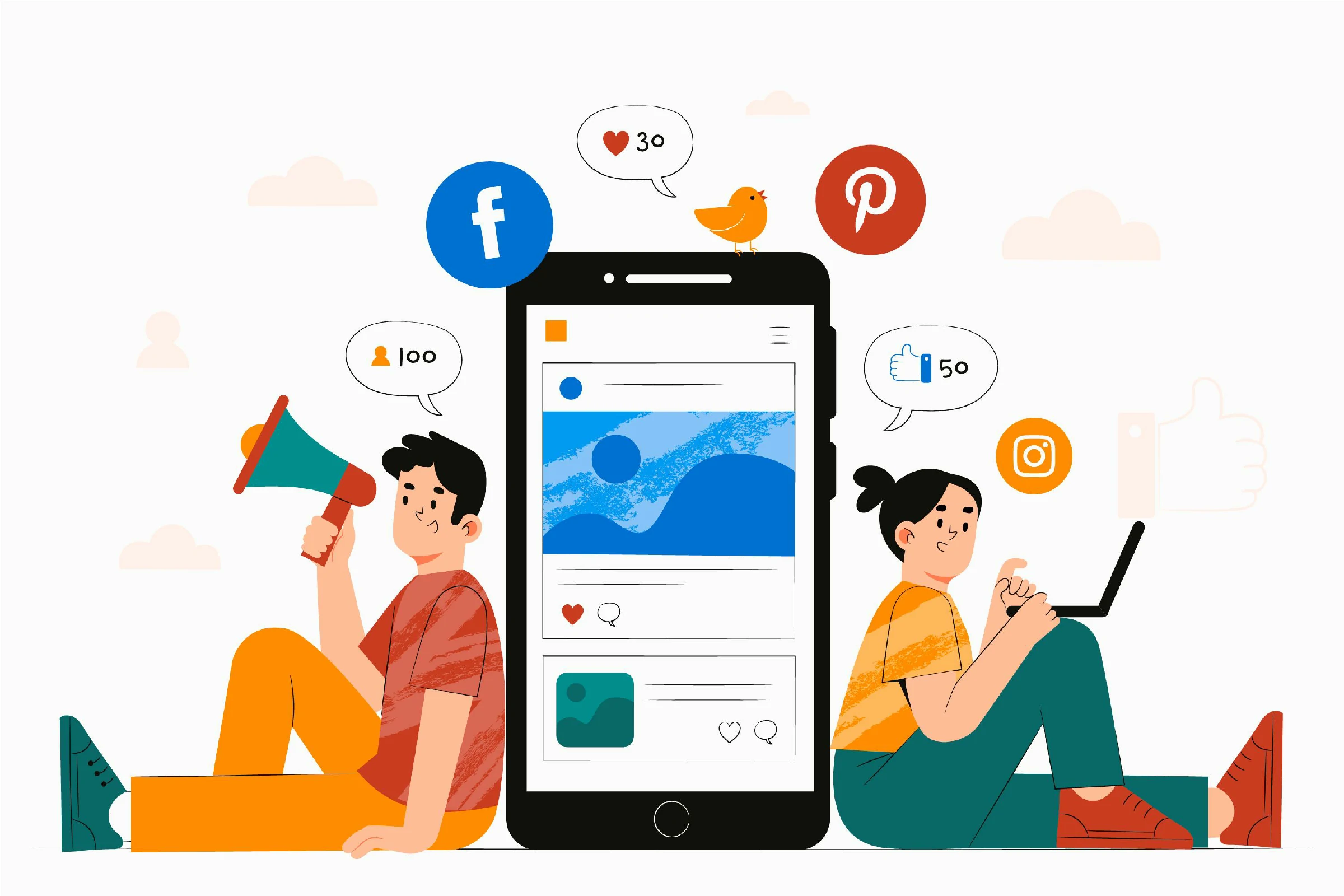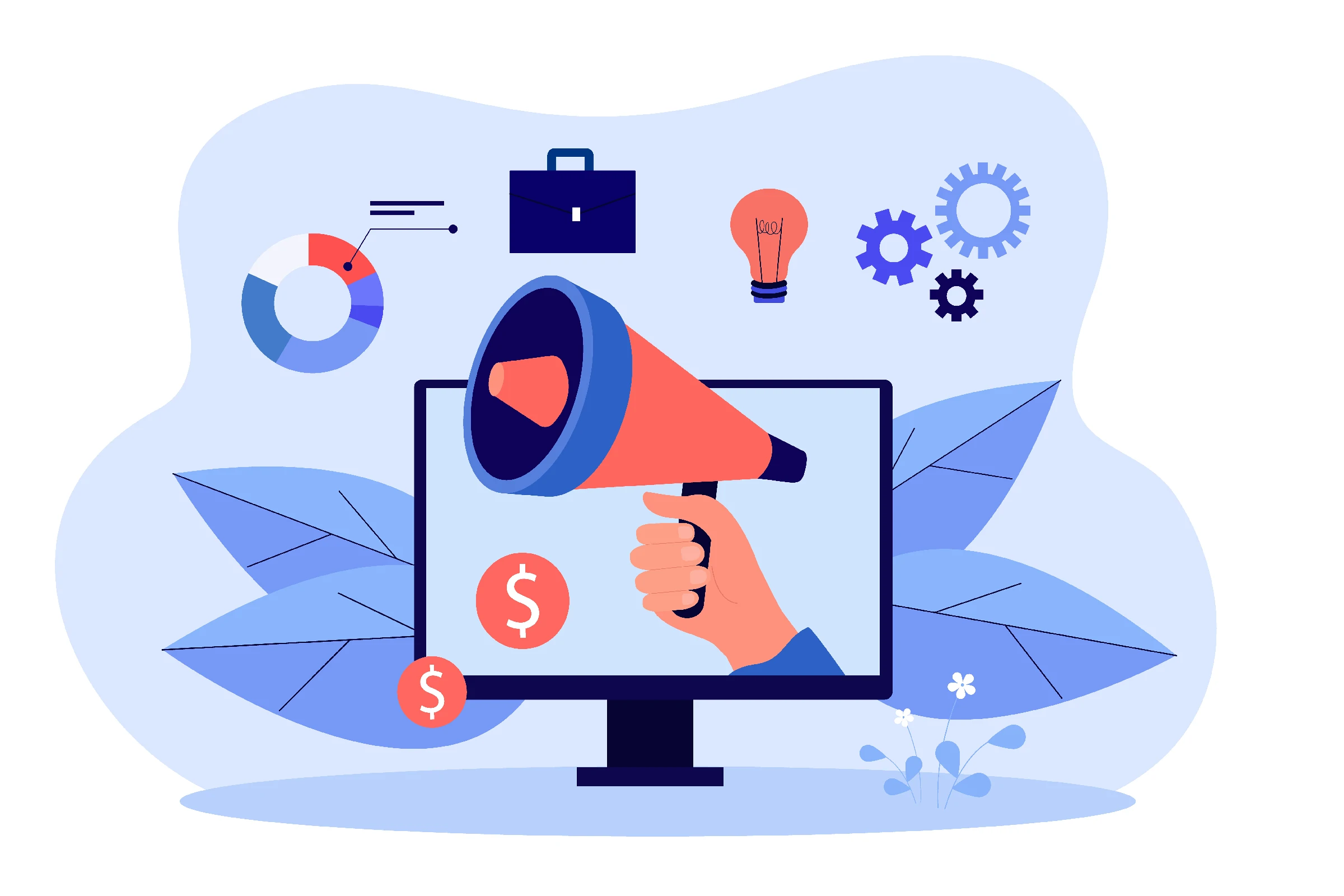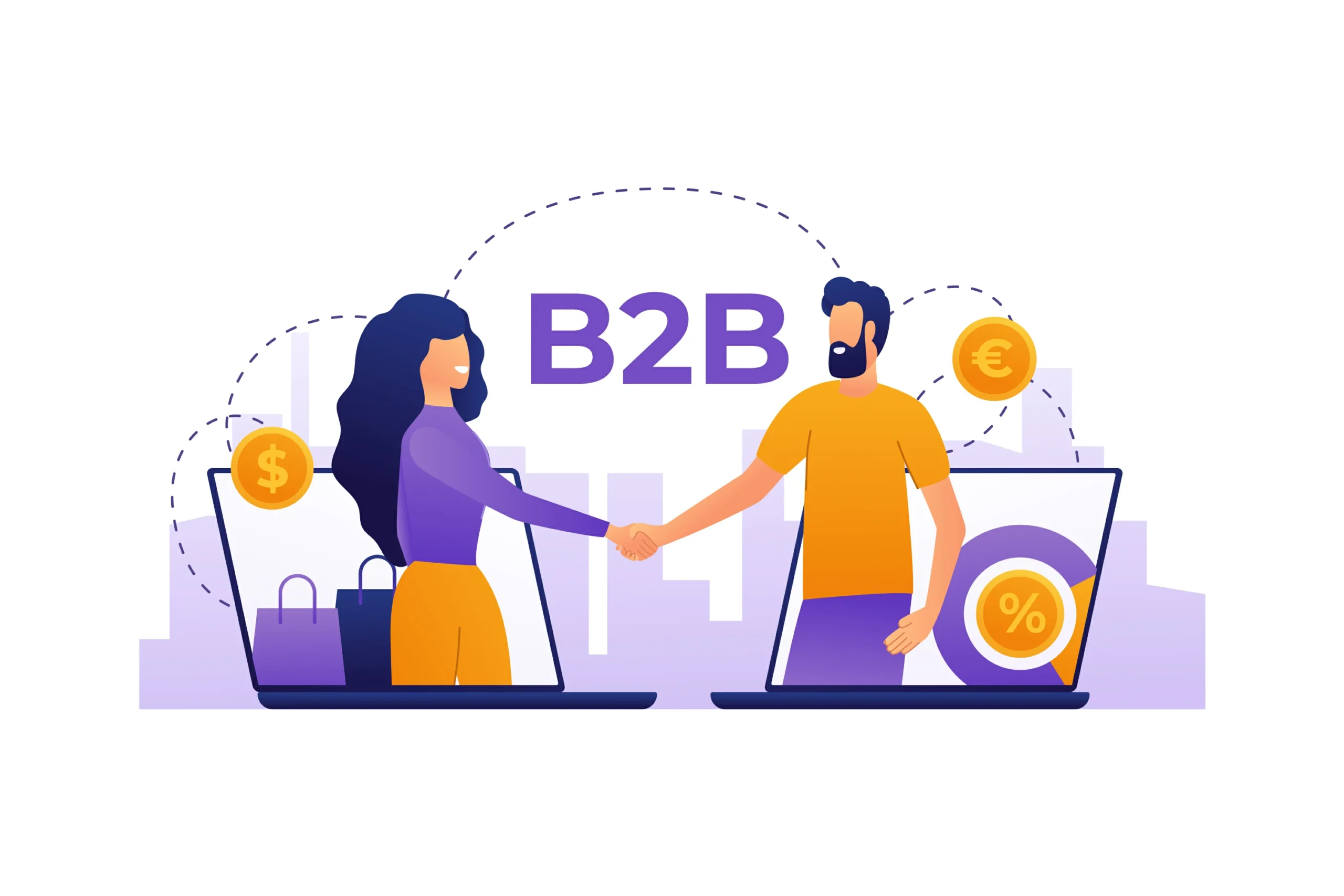In 2025, B2B marketing is no longer just about lead generation — it’s about building trust through intelligent personalization, data, and authentic storytelling. Buyers are smarter, decision cycles are longer, and technology has redefined every touchpoint of the customer journey.
This guide will walk you through proven strategies, real data trends, and future-ready frameworks to build a B2B digital marketing plan that truly performs in 2025.
1. The State of B2B Marketing in 2025
1.1 The Evolving Buyer Journey
According to the Content Marketing Institute’s 2025 research, 71% of B2B buyers consume at least three forms of content before engaging sales — often spanning videos, case studies, and webinars.
Today’s buyers expect consumer-like experiences — fast, personalized, and available across channels. A 2025 Taboola report shows that “trust and relevance” are now the top two factors influencing B2B purchase decisions.
🧩 Key Insight: In 2025, effective B2B marketing blends automation and empathy — using AI for insight, but storytelling for connection.
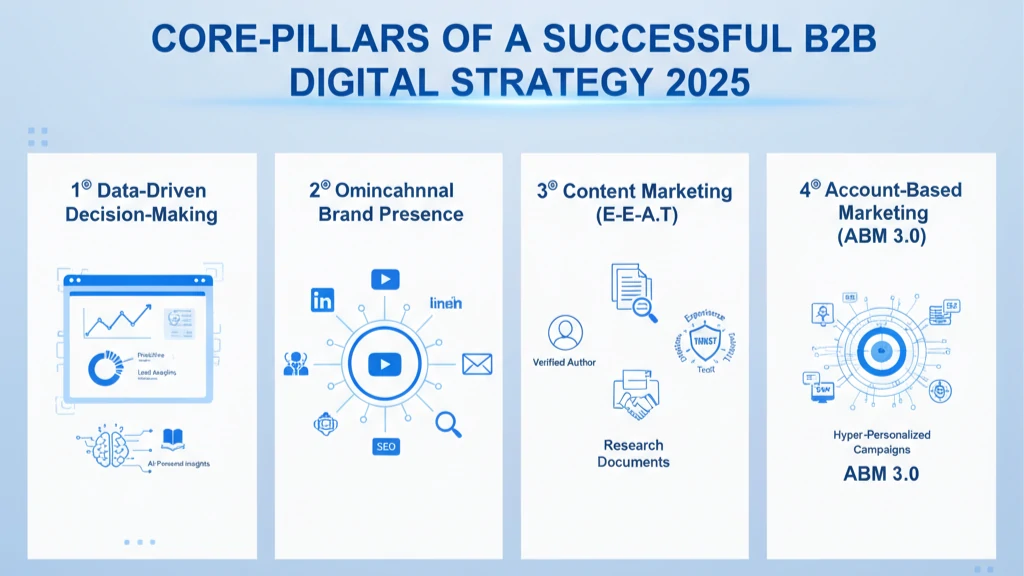
2. Core Pillars of a Successful B2B Digital Strategy
2.1 Data-Driven Decision-Making
Every click, email, and webinar interaction generates insights. The most successful companies are integrating predictive analytics to forecast behaviors and identify high-intent leads earlier.
Use AI-powered tools (e.g., HubSpot Smart CRM, 6sense) for intent detection and lead scoring.
Employ cohort analysis to see which segments deliver the best ROI.
Align sales and marketing dashboards for shared visibility of pipeline performance.
Pro Tip: Move beyond vanity metrics like “impressions.” Track pipeline velocity, customer acquisition cost (CAC), and customer lifetime value (CLV) for a realistic growth picture.
2.2 Omnichannel Brand Presence
B2B buyers interact with your brand across an average of 8+ channels — from LinkedIn to niche communities, webinars, and email.
Your goal in 2025: create a unified story across platforms.
Example omnichannel mix:
LinkedIn thought leadership (executive insights)
YouTube explainers and case study videos
Personalized email nurture journeys
SEO-optimized blog hubs with topic clusters
Live or virtual events with replayable assets
Consistency is what makes your brand memorable — not the channel count.
2.3 Content Marketing That Demonstrates E-E-A-T
Google’s own documentation emphasizes that Experience, Expertise, Authoritativeness, and Trustworthiness are now core ranking signals.
To excel in 2025, every piece of B2B content must demonstrate:
Experience: Real case studies, hands-on lessons, or customer examples.
Expertise: Data-driven insights and industry-specific advice.
Authority: Backlinks, author credentials, and third-party mentions.
Trust: Transparency, source citations, and brand consistency.
✅ Action: Add author bylines with credentials. Include verified data sources and cite original research.
Top B2B content types for 2025:
Industry research reports and benchmark studies
Video explainers and customer success stories
Interactive calculators and ROI tools
Executive podcasts
LinkedIn long-form posts that blend insight and story
2.4 Account-Based Marketing (ABM) 3.0
ABM in 2025 is predictive, AI-powered, and hyper-personalized. Platforms like Terminus, Demandbase, and RollWorks now integrate machine learning to identify purchase intent signals before leads even fill a form.
Modern ABM strategy essentials:
Combine first-party and intent data to target high-fit accounts
Tailor campaigns by industry, pain point, and buyer role
Use dynamic ad content to match company stage and challenges
Integrate your CRM, analytics, and automation tools for unified measurement
🎯 Example: A SaaS company uses predictive AI to detect which accounts recently hired new IT directors — triggering a personalized LinkedIn campaign offering migration assessments.
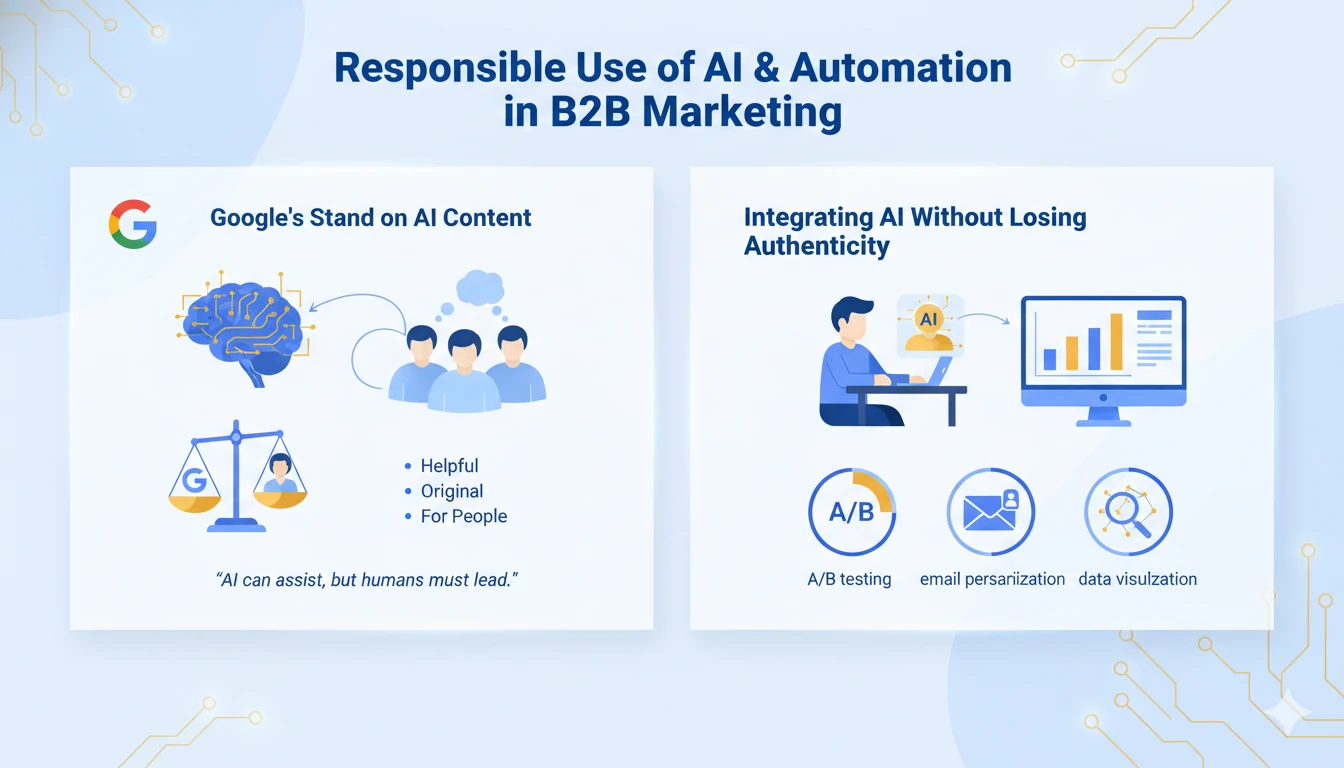
3. Responsible Use of AI & Automation
3.1 Google’s Stand on AI Content
Per Google Search Relations (John Mueller, 2025), AI-generated content is allowed — but only when it’s helpful, original, and created for people.
Using AI to manipulate rankings violates spam policies, but using it to enhance user value is encouraged.
💡 Key Principle: “AI can assist, but humans must lead.”
3.2 How to Integrate AI Without Losing Authenticity
Use AI to analyze data, not to mass-generate posts.
Leverage it for content ideation, structure, and summarization, but inject human experience into final drafts.
Add AI disclosure when appropriate (“This report used AI tools for data synthesis”).
Always maintain human editorial oversight.
Ethical examples of AI use:
Personalizing email subject lines based on behavior.
Generating A/B ad copy variations for testing.
Creating data visualizations from CRM insights.
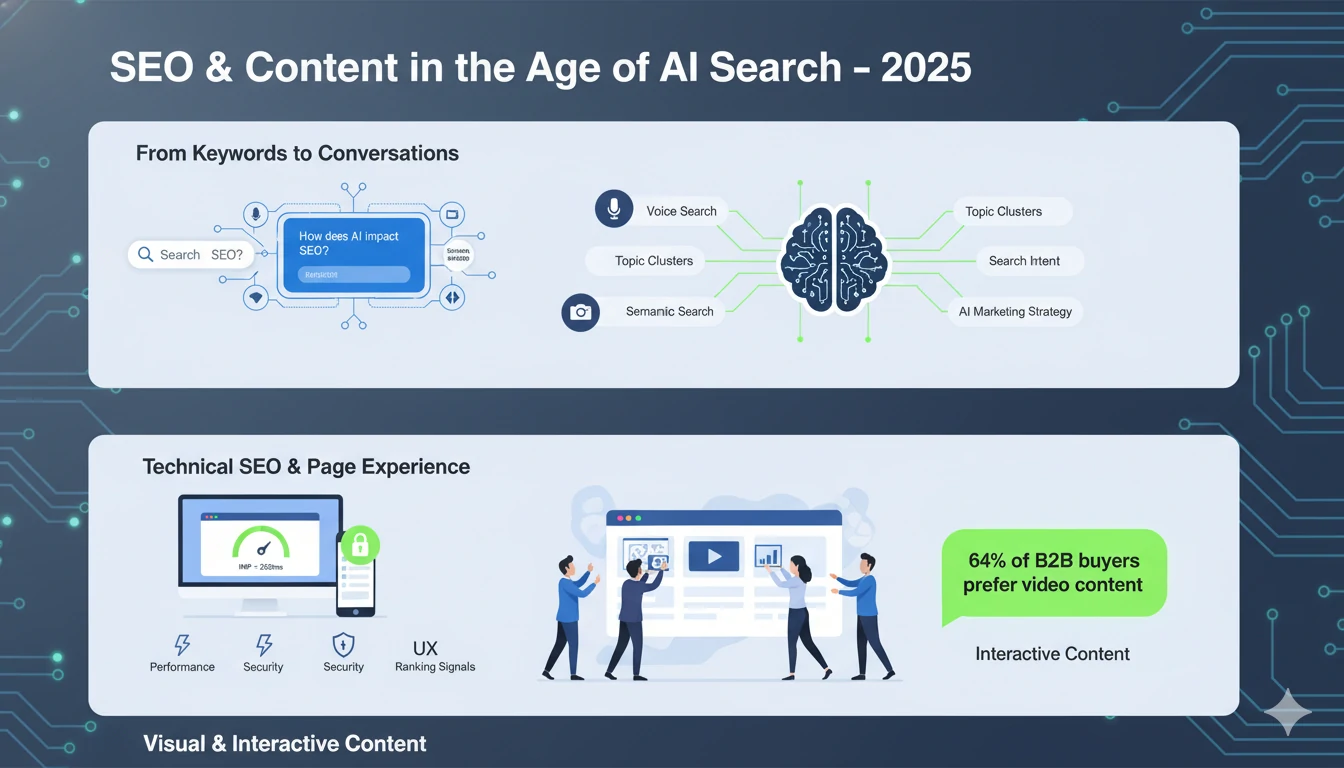
4. SEO & Content in the Age of AI Search
4.1 From Keywords to Conversations
With the introduction of AI Overviews and Google’s AI Mode, search queries have become longer, more contextual, and multimodal.
Your 2025 SEO strategy should:
Focus on semantic search optimization (topics > keywords).
Create pillar pages that comprehensively answer cluster questions.
Use structured data (Schema.org) to signal relevance and visibility in AI summaries.
Optimize for voice and visual search (Google Lens, multimodal AI).
4.2 Technical SEO & Page Experience
Even the best content fails if the page experience is poor.
Ensure:
Mobile performance (INP < 200ms, LCP < 2.5s)
Clean layout separating content from ads
Secure HTTPS
Proper indexing (HTTP 200 response)
Google notes that high-quality content combined with excellent UX signals tends to rank better across both “blue links” and “AI snippets.”
4.3 Visual and Interactive Content
Multimodal search means visuals now play a ranking role.
Include:
Infographics, charts, and annotated screenshots
Alt text rich in descriptive keywords
Embedded videos hosted on YouTube or your site
📈 According to BlendB2B, 64% of B2B buyers say they prefer video content over text when researching solutions.
5. Data, Analytics & ROI Measurement
5.1 Unified Measurement Framework
2025 B2B marketing success depends on measurable outcomes tied to revenue.
Key metrics include:
Lead quality → measured by engagement and fit.
Pipeline velocity → how fast leads move from MQL to SQL.
Attribution accuracy → clarity on which channels drive conversions.
Retention & expansion rate → indicators of long-term success.
Use multi-touch attribution models and AI-based forecasting to allocate budget effectively.
5.2 Predictive Analytics in Action
Modern CRMs predict conversion probability using behavioral data (e.g., repeated visits to pricing pages or attendance at webinars).
Example workflow:
AI identifies accounts showing “high intent” activity.
Marketing automation sends tailored content (e.g., ROI case study).
Sales receives alerts with engagement scores for personalized follow-up.
6. Humanizing B2B Marketing in 2025
Automation is powerful, but empathy converts. Cognism’s 2025 report emphasizes that authentic communication and transparency are becoming the top differentiators.
Tactics to humanize your marketing:
Tell customer success stories — not just product features.
Showcase employee expertise and behind-the-scenes culture.
Use conversational tone in newsletters and social posts.
Address social and sustainability topics relevant to your audience.
💬 “People buy from people, even in B2B.” — Cognism 2025
Example:
Instead of “Our platform reduces downtime by 40%,” say:
“When ACME Corp’s IT team faced outages every quarter, our solution helped them regain 60 hours of productivity per month.”
That’s emotion plus data, which builds trust.
7. Your 2025 B2B Action Plan
Here’s a practical roadmap to future-proof your marketing strategy:
Audit for E-E-A-T → Ensure all content demonstrates expertise and trust.
Integrate AI thoughtfully → Use for insights, not for bulk content.
Invest in data infrastructure → Build a single source of truth across systems.
Evolve your SEO → Focus on conversational, multimedia, and structured optimization.
Reimagine content → Add video, interactive tools, and real stories.
Prioritize retention marketing → Engage existing clients with education-based content.
Measure what matters → Align KPIs with revenue, not just reach.
References
Google Search Central – Creating Helpful, Reliable, People-First Content
https://developers.google.com/search/docs/fundamentals/creating-helpful-content
– Defines E-E-A-T, people-first content, and helpful content systems.Google Search Central – AI-Generated Content Guidance (2023–2025)
https://developers.google.com/search/docs/fundamentals/using-gen-ai-content
– Clarifies that AI content is acceptable if it’s helpful, original, and people-focused.Google Blog – How AI Mode & AI Overviews Shape Search (2025)
https://blog.google/products/search/google-search-ai-mode-update
– Explains how AI Overviews affect visibility, structured data, and multimodal results.Google Search Quality Evaluator Guidelines (E-E-A-T Framework)
https://developers.google.com/search/blog/2022/12/e-e-a-t
– Defines Experience, Expertise, Authoritativeness, and Trustworthiness signals for content.- HubSpot State of Marketing Report 2025
🔗 https://www.hubspot.com/state-of-marketing
– Provides global insights on AI, ABM, automation, and data-driven B2B growth.
AI-driven personalization combined with data privacy and transparency.
Search now favors comprehensive, experience-based content optimized for AI summaries and long-form queries.
LinkedIn, organic search, and email remain leaders, while interactive webinars and video content are gaining ground.
By focusing on niche authority — producing original insights, authentic thought leadership, and fast-moving experimentation.
Yes, responsibly. Use AI for data synthesis, ideation, and efficiency, but always ensure human review and E-E-A-T compliance.

